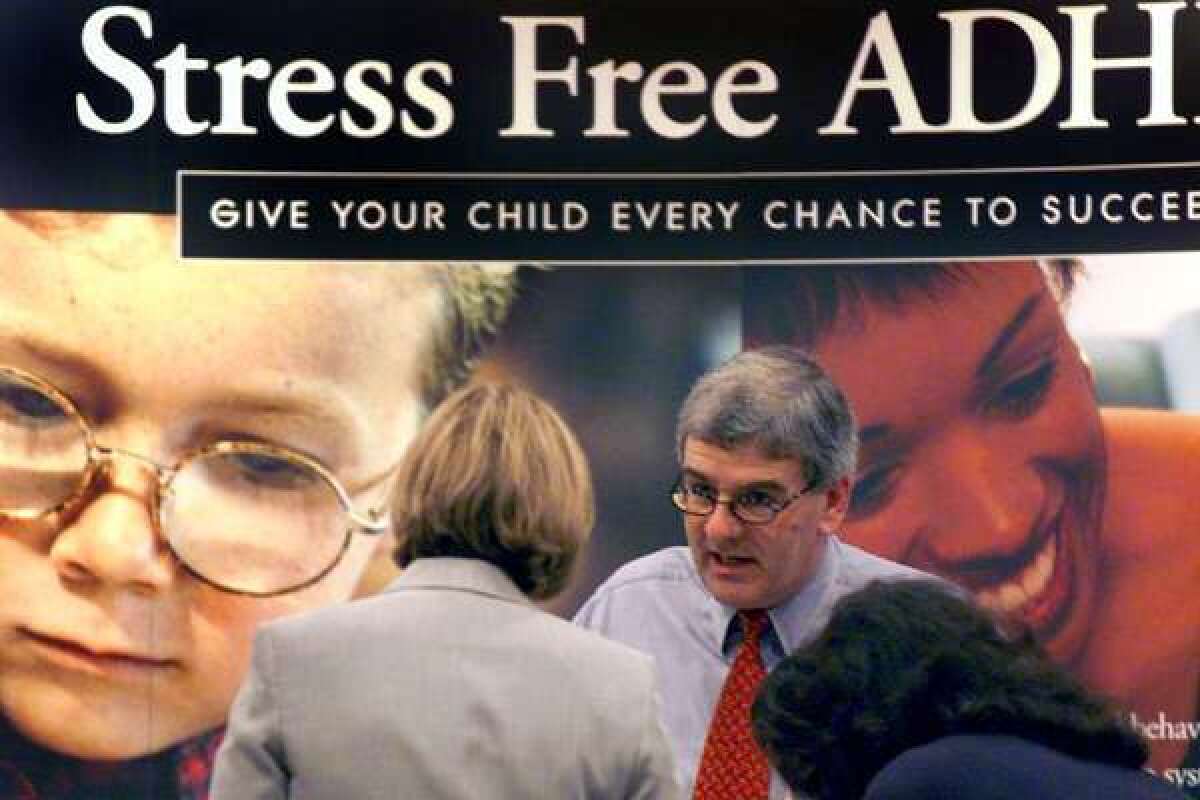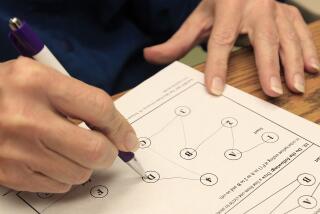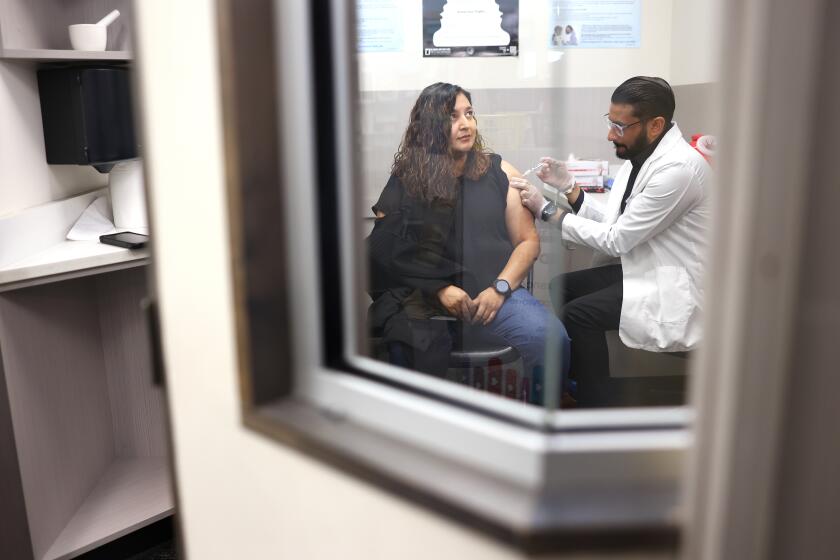Brain wave device to help detect ADHD approved

Federal regulators Monday approved a device that analyzes brain activity to help confirm a diagnosis of attention deficit hyperactivity disorder, or ADHD, which affects an estimated 3% to 7% of school-age children nationwide.
The device, essentially an electroencephalogram, or EEG, and computer program, measures and analyzes two frequency bands of electrical pulses related to brain activity. The Food and Drug Administration approved it under criteria for devices that are considered to be of low to moderate risk. EEGs have been in use since the late 1930s.
The FDA emphasized that the Neuropsychiatric EEG-Based Assessment Aid, or NEBA, was intended to be used in conjunction with other clinicial information. It based its decision on a 2006 study of 275 children and adolescents, published in a peer-reviewed journal.
“Diagnosing ADHD is a multi-step process based on a complete medical and psychiatric exam,” Christy Foreman, director of the Office of Device Evaluation at the FDA’s Center for Devices and Radiological Health, said in a statement. “The NEBA system along with other clinical information may help healthcare providers more accurately determine if ADHD is the cause of a behavioral problem.”
A representative from the company that manufactures the device, listed by the FDA as NEBA Health LLC of Augusta, Ga., was not available for comment.
Research since the study on which the FDA based its decision has cast doubt on the diagnostic accuracy of these two EEG frequency bands, called theta and beta waves.
“Frankly, I’m surprised,” said Sandra K. Loo, a clinical psychologist at UCLA who has researched brain waves among children with ADHD. “The current scientific research really doesn’t support using EEG as a diagnostic tool.”
Loo and other researchers recently published analyses of previous data and new data that showed many factors interfered with an accurate diagnosis based on the ratio of theta and beta waves. Among them were age, other mental disorders and the type of attention deficit disorder.
Loo, who reexamined 10 years of her own EEG readings, said, “I basically don’t find any differences between ADHD (children) and controls.”
For example, the theta-beta ratio for children who suffer from depression along with ADHD is similar to that of a typically developing control group, according to Loo’s research. Another group of researchers found that over time, that ratio also had gradually increased in the control groups of various studies.
“We need to understand it more, what these measures actually represent,” Loo said. “It’s really still not well understood. I would caution people.”







